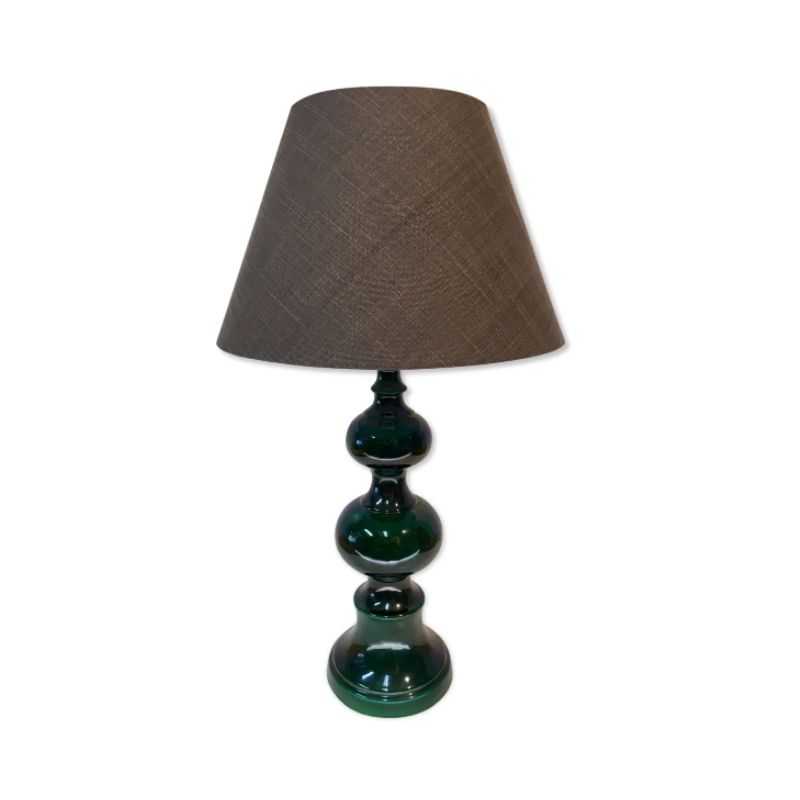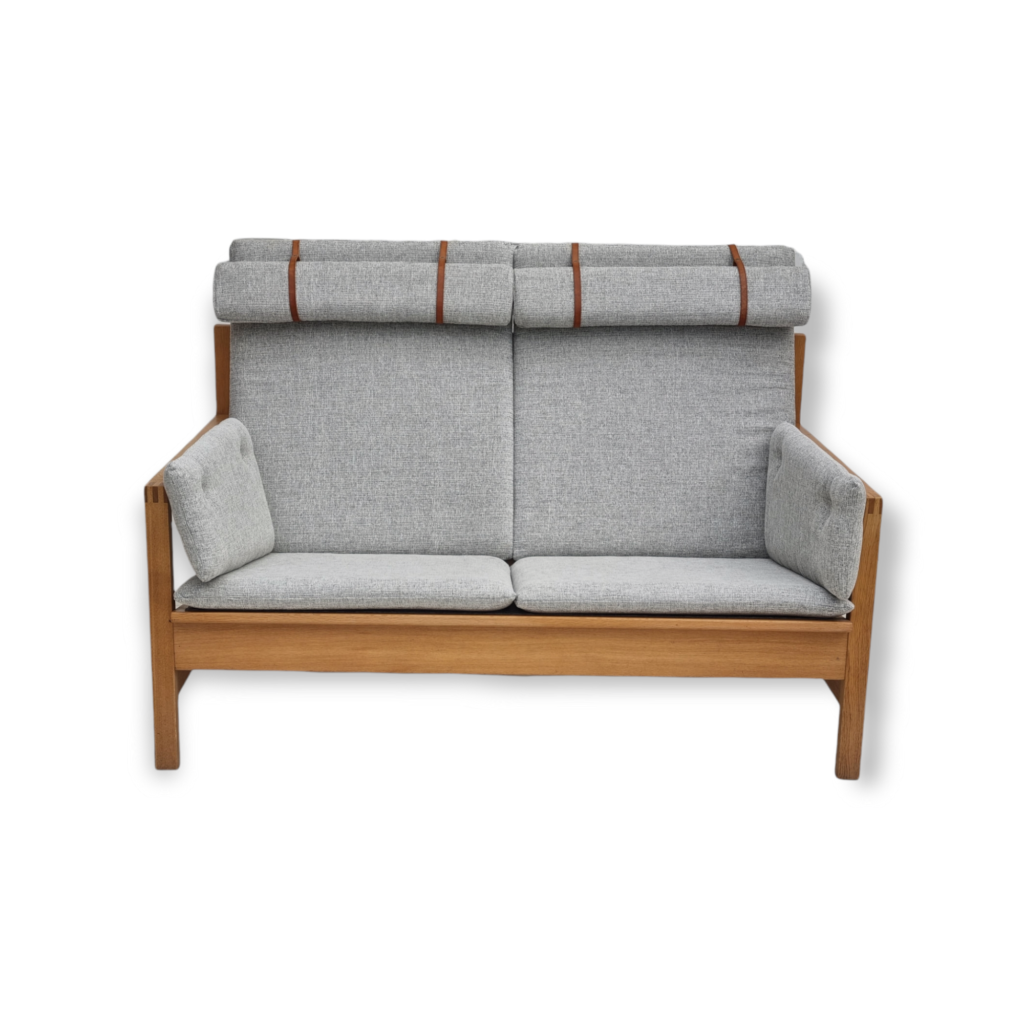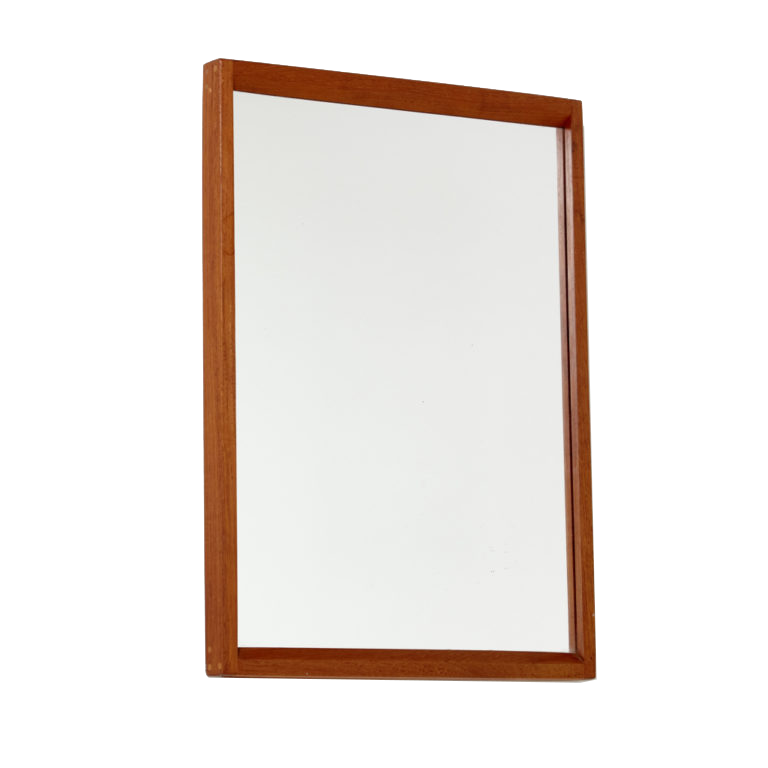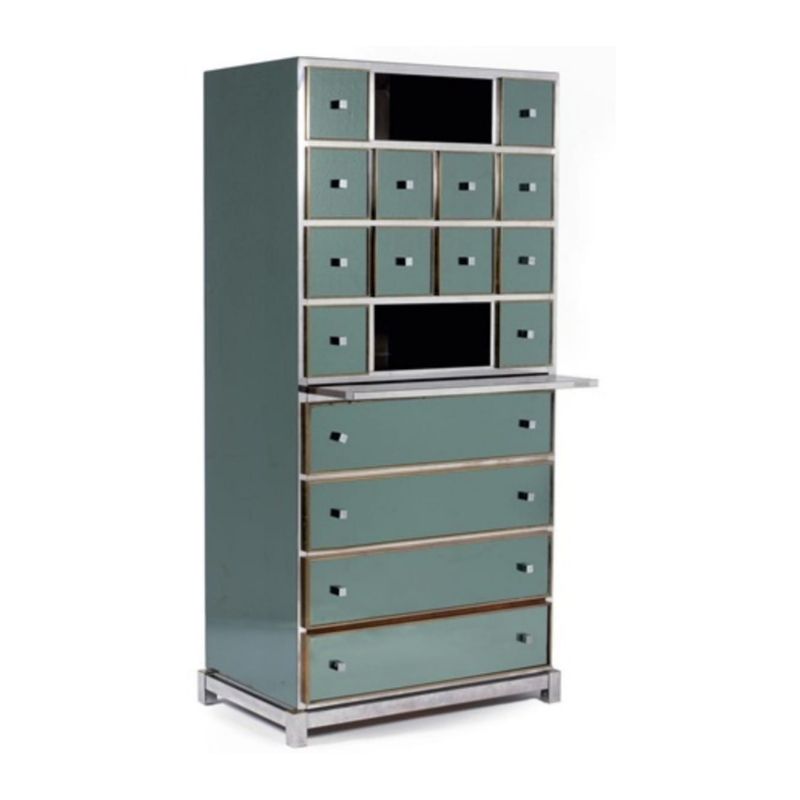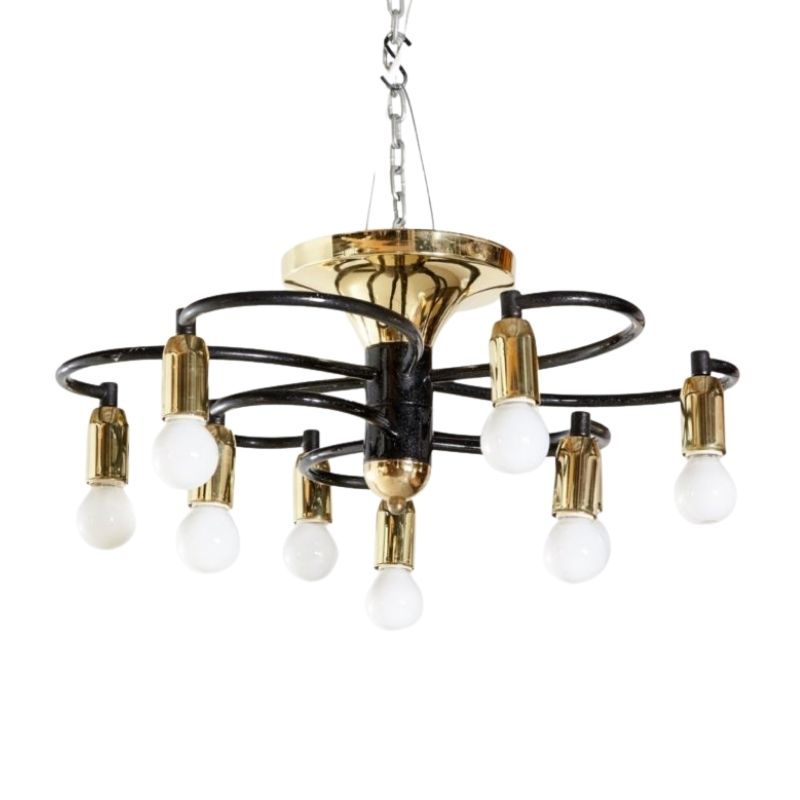A question that I haven't found an answer to yet. Today, we have a plethora of places to buy nearly anything modern-related, but what about during the original time period? Where would one go to get something like a Noguchi table? If you wanted a Meridian clock, where or how would you get it? Or housewares, like the Jacobsen Cylinda line; was it available at chain stores of the time, say, like how we would buy from Target?
I can imagine some places having showrooms, but I'd think it would be mostly in terms of rather ubiquitous Danish modern - at least in America. Were Fontana Arte items sold at specialty stores like Barney's or Gumps today? Did Knoll or Herman Miller have a store front that you could walk in and come home with a Nelson CSS or even one fiberglass chair?
In short, today we all have many avenues to obtain these vintage items that are held in such regard. But at the time of their conception/initial availability how would one obtain them? Mail order catalogue, or the ads from the back pages of any home magazine?
Most Major Department stores
had Modern furniture sections. Have you ever seen the photograph of a Carson, Perie, Scott (in downtown Chicago) Modern design store within their store? Women are sitting in Eames fiberglass chairs, etc.
I have also read that the Paul McCobb Planner Group collection - easily the most popular line of mid-priced modern furniture in the U.S. in the 1950's was sold everywhere.
I betcha the Howard Miller/George Nelson clocks were available in Department Stores, furniture stores and speciality stores, as well.
I can only...
...speak for the places I know, but in Europe it was mostly a matter of specialty stores and the companies' own showrooms (Knoll had a very nice one in Brussels). Traveling was always seen as an opportunity to discover the new designs and each large city had their own "pilgrimage" places for design addicts to visit. As far as departmentstores are concerned, "De Bijenkorf" department stores in Holland, "Magasin du Nord" and "Den Permanente" in Copenhagen, "Nordiska Kompaniet" (NK) in different Swedish towns, "Glasmagasinet" in Oslo, "Stockmann" in Helsinki and "La Rinascenti" in Milan were all places were you would see the new designs in furniture and housewares, but I don't think that each city had many of them on the contrary, most was sold through specialty stores and through ordering by specialty stores. Georg Jensen stores for instance would gladly take orders for Hans Wegner's, Borge Mogensen's and other danish furniture even if they did not have the space to show it.
Most consumers were used to long delivery times and one would gladly wait a few months for the furniture to arrive....and mostly being delivered.
I can not remember anybody walking out of a store with a now famous chair. Rationing of food was still common in the early fifties so nobody would complain about having to wait...
Stock photos and an...
Stock photos and an occasional price sticker still affixed to an item (a chair, a piece of Blenko ...) will show where these items were sold. Lincoln, Nebraska, had at least a couple outlets for all things modern with the Miller & Paine / Gold's department stores. Other retail shops throughout town carried modern accessories, etc. And, as Koen notes, folks travelled to purchase items: I have had the good fortune to speak with elders about trips taken during the heyday of modernism to Chicago, New York City, etc., not just to visit the museums and galleries, but to shop.
Sadly, or maybe just strangely, Lincoln today does not have any major new retail which strictly sells items of a modern craftsmanship or theme (we do have a couple stores which cater to vintage midcentury), but the new has mostly gone the way of Walmart, with a an emphasis toward the cheap, and very little heart.
Thanks for the help. I'm 34,...
Thanks for the help. I'm 34, so I don't really have a reference point as to the availability of these items. In fact, my memory only goes as far as seeing funky plastic table lamps at the larger chain stores of the time - but never anything "iconic". Seeing a showroom floor full of Kjaerholm items would have definitely been a sight.
I can only speculate how it would be to see these things so readily available, and to know that it was within reach (no pun intended) of the common consumer. In retrospect, I suppose the analogy of availability might be seen no differently than seeing Rashid, Graves, or Aram items today.
I'd like to be able to say (with conviction) to others that at one time, you could get a complete Saarinen dining set from a store like Macys.
The howard miller clocks ...
The howard miller clocks and bubble lamps were sold at all stores in the 50s and 60s but most of them were sold at the S&H green stamps store, a real blast from the past and you have to be over 50 to remember the stores. they had tons of clocks as i remember them from my child hood,
The Herman miller furniture was only sold at office supply stores in my town and that included the lounge chairs, The womb chairs were the most popular. selling at regular furniture stores,
of course we did not have target,walmart, but we did have the independent dept stores and that is where you found the nice modern furniture, next to the Early Americn, and western, but it was not really very popular and it was hard to find,
I remember when my uncle who died in 1962 bought a selig lounge chair and ottoman from a really nice store I found the receipt a month ago in some old papers that he paid $162.00 for the new furniture back then
Part of the problem...
...of trying to imagine what the retail scene looked like in the third quarter of the 20th century is that we have now a retail business of 80% (and growing) in "Big Box" stores and less than 20% in specialty stores. Untill approx. 1982 the proportion was exactly reversed. In other words specialty stores offered a more diversified assortment because it did not reflect a statistical preference of the market but the choice of the individual store owner or at best the vision of the department store buyer. Most of them, especially in the well known department stores were very explicit in their taste and well known for there individual preferences. I am sure that quite a number of the suppliers that did do well at that time, credit specific buyers for their successes. Both buying and selling has changed dramatically. Fear for bribing, favoritism etc. have generated policies in the big box stores like rotating buyers within different product groups etc. It is hard to find a buyer that knows anything about manufacturing or quality of materials and is able to select on that basis. Price considerations are the only standards, not because the lack of interest for quality but because of ignorance. Independant specialty stores often had accumulated knowledge over more than one generation, were generally more knowledgeable and could provide the service of informing the consumer. All of this made most of the products we discuss here viable. Many of the Eames designs would not have seen the light of day in the retail landscape as we have it now....maybe that's why we return so easely to that period...
Most people in the 1950's
were buying reproduction French Provential or slightly "compemporary" furniture.
Even back then, Herman Miller, Knoll, Fritz Hansen and other similar lines were quite expensive.
Both Herman Miller and Knoll had showrooms in New York, Los Angeles, Chicago and other major metropolitan areas (I believe Herman Miller has a small showroom here in Minneapolis).
The "better", more forward thinking Department stores and larger higher-end furniture stores most likely had some quality mid-century modern for sale. (Noted above was the downtown Chicago Carson-Pierre-Scott "Modern Design Studio" featuring Eames chairs.)
I'm sure that Beutel's in Minneapolis, Sloane's in New York City and other larger quality furniture stores had some MCM for sale.
It's clear, tho, that the Paul McCobb "Planner Group" line was the most popular and the most widely available line around during the 1950's. Remember, the suff was popularly priced, quite good quality and modular in format so people could get behind McCobb's concept.
Certain iconic pieces got publicity - the Eames LCW and the fibreglass bucket chairs, the Nelson bench, the Nelson Clocks, the Saarinen Womb and Tulip chairs, etc., so they were probably easy to find if you were looking for them.
It's most likely that most of the "interior designers and design studios" back then were mostly pushing reproduction furniture and textiles. (Look at the TV programs of the 1950's; only "My Little Margie" had any quality furniture in the Allbright apartment. the "I Love Lucy" set was probably MUCH more typical.)
Most of the stuff sold well enough for these companies to stay in business, and remember, there was growing business in quality Office installations, so a lot of that stuff got sold for that useage.
My 86yo mother was over yesterday and saw all of my clocks and she doesn't recall ever seeing and of them.
Finally, I doubt if the European makers (Fritz Hansen, Arteluce, Kartell, Alessi, Louis Poulsen, etc. etc.) were as available over in the U.S. in the 1950's and early 1960's as they are now.
In Cambridge
In Cambridge, MA (our fair city) there was a specialty shop called Design Research that was the outlet for Modern things. It also had the distinction of being the first Marimekko store in the US - a distinction Cambridge shared again in the past two years when Marimekko re-opened their US retail operations. The beauty of Design Research is that it was housed in a beautiful Benjamin Thompson designed building. The building still exists, but unfortunately now houses a Crate & Barrel store and a City Sports store.
If you need any help, please contact us at – info@designaddict.com




